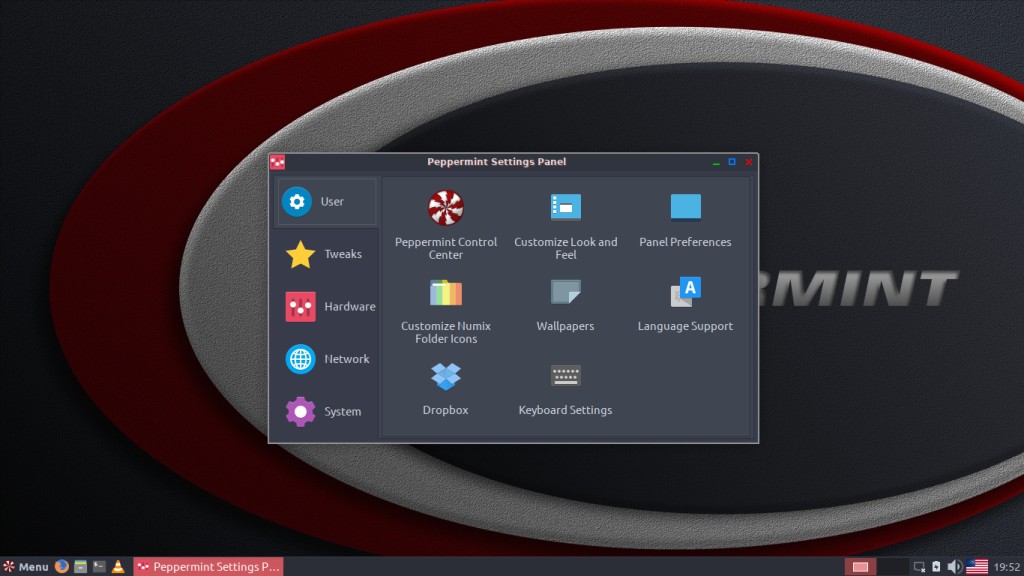Peppermint OS 9 is a good for some, not for all distribution
Peppermint OS a hybrid operating system that integrates many web-based applications. It is built on top of Ubuntu and uses a blend of LXDE and Xfce with some components from other environments.
Peppermint OS 9 is a stable release based on Ubuntu 18.04 LTS. Like it’s predecessors, Peppermint 9 also focuses on improving the overall user experience.
The latest issue of DistroWatch Weekly features a review on Peppermint OS 9. The review categorizes this distribution as a good for some, not for all distribution.
The review praises the distribution for its ability to consume only 350 - 400 MB of memory on idle state. Peppermint is able to limit its memory usage while using usable components from multiple desktop environments.
 A preview of Peppermint OS 9 settings panel (Courtesy : DistroWatch)
A preview of Peppermint OS 9 settings panel (Courtesy : DistroWatch)
With the Ice tool, users can create stand-alone web application launchers and keep it on the application menu. This is the most important specialty of Peppermint OS. While most of the applications in Peppermint OS 9 are stand-alone web application launcher, it also supports installing desktop applications.
The DistroWatch review finds Peppermint OS 9 as an ideal choice for people who uses web-based applications extensively. For others, there can be better alternatives.
While I have to admit that I am not the target audience for a distribution focused on web-based applications, I found Peppermint 9 to be a solid distribution. Despite pulling components from multiple desktop environments, Peppermint 9’s desktop is well integrated and easy to use. It was also easy to add both web-based and traditional applications to the system, so the distribution can be adjusted for users who prefer either.
Peppermint 9 is not for everyone, but users who do most of their work in Google Docs or Microsoft Office Online should give Peppermint a try. However, users accustomed to using traditional desktop applications might want to stick to one of the many alternatives out there. Yes, Peppermint 9 can be easily adjusted to use traditional desktop applications, but many of the other distribution options out there come with those kinds of applications pre-installed.
The original Peppermint OS 9 review can be read on DistroWatch weekly.